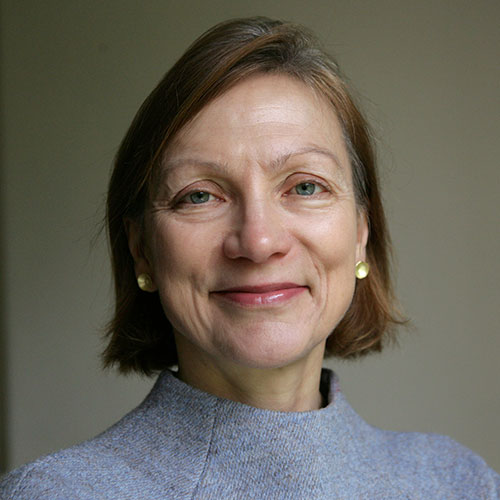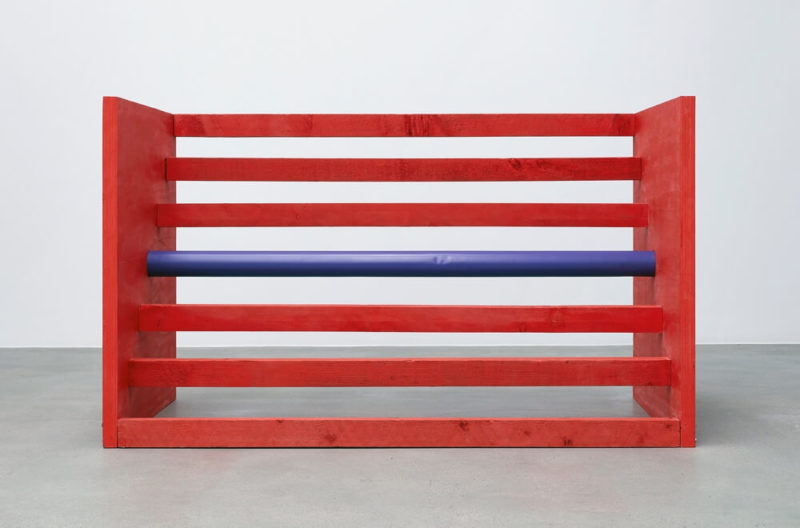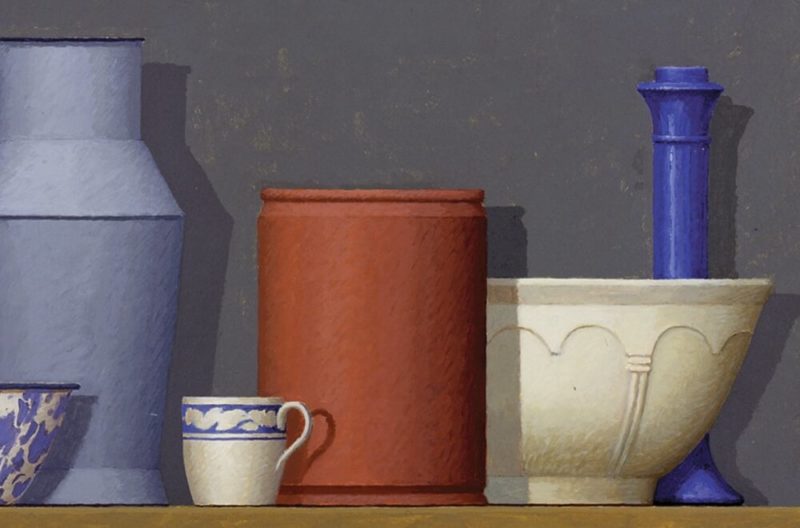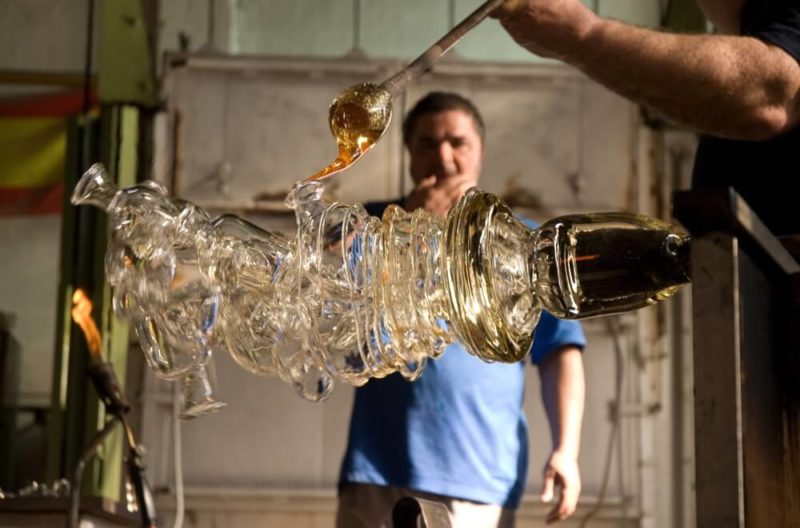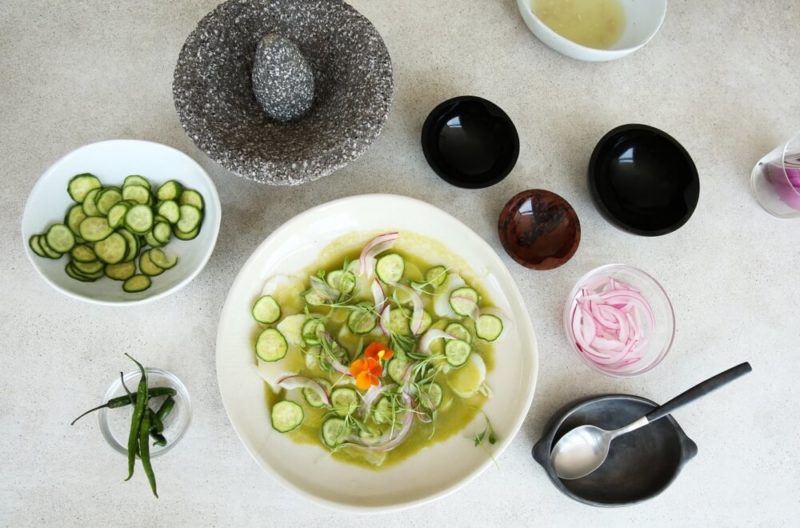‘Object’ (miart)
Tightly curated and simulating displays of collectible design.
Milan International Fair of Modern and Contemporary Art (miart)
5th – 7th April 2019
MILAN IS SYNONYMOUS with design. Its famed Salone, dedicated to contemporary design, was launched in 1961, spawning over the last sixty years a periphery of stimulating events and presentations. Over the last six years, however, this design world jamboree has been preceded by an increasingly confident Milan Art Week, with museum and art gallery openings scheduled throughout the city, and, at its heart, the Milan International Fair of Modern and Contemporary Art (miart), a distinctly Milanese take on the art fair. As Alessandro Rabottini, Artistic Director of miart for the last three years, expresses it: “Milan has always had a dialogue between artists and designers and architects. Think of Ettore Sottsass and Lucio Fontana.”
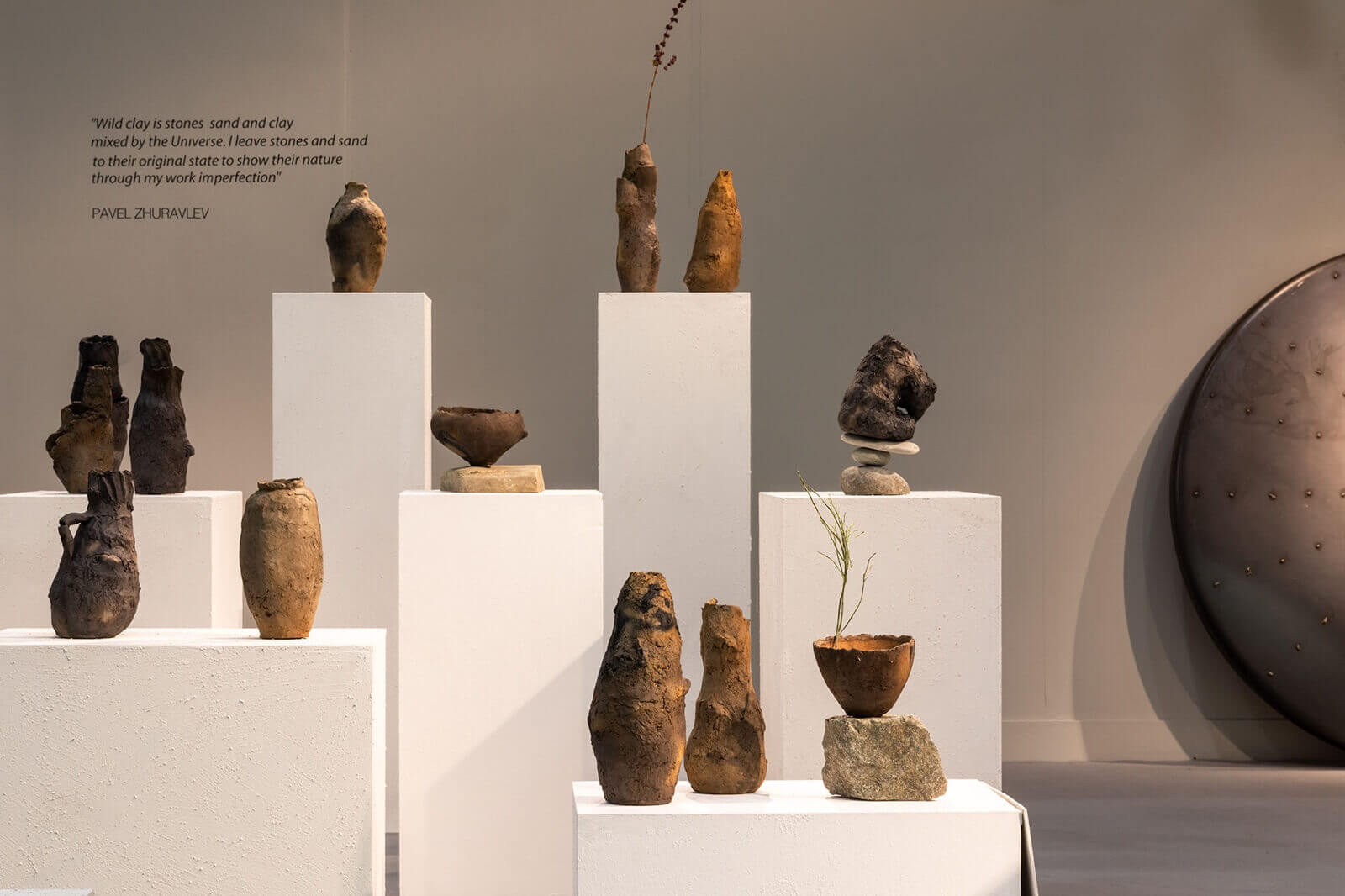
Installation view, Erastudio Apartment-Gallery
COURTESY: miart
Playing to the strengths of the local market, the fair, this year in its 24th edition, had a strong focus on international modern and contemporary art, attracting 185 galleries from over 19 countries. A vital part of its reinvention has been the introduction, in 2013, of ‘Object’, a section of the fair dedicated to limited edition, historic modern or unique and sometimes experimental collectible design.
Rabottini explains the strategy: “Design and art are not divided in our local culture. Moreover, art collectors are a good audience for design objects. They know how to look at them. To appreciate great design, you need historical understanding, but also conceptual understanding – and art collectors have this.”
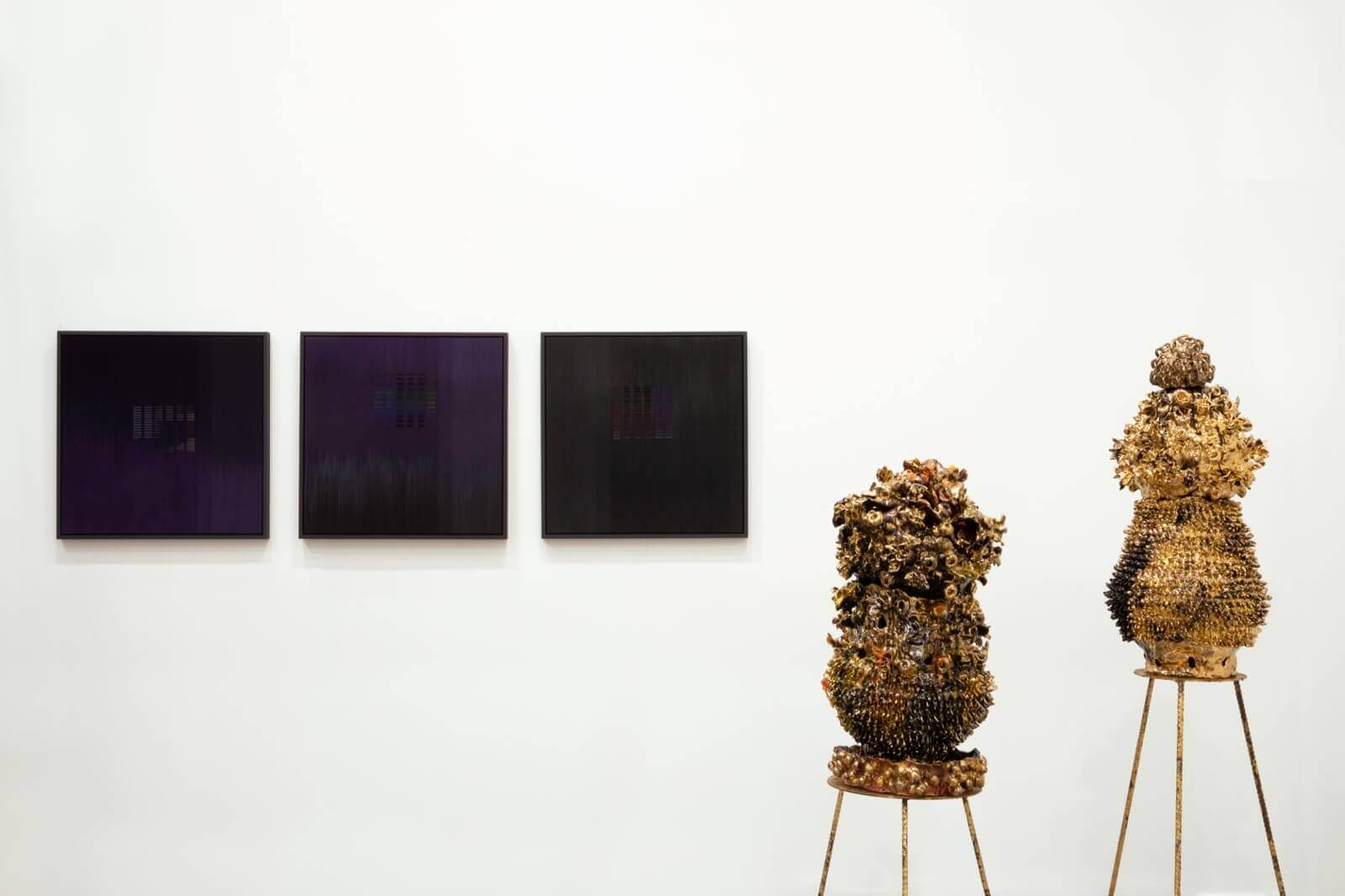
Installation view, Taste Contemporary
COURTESY: © Maki Ochoa
This year’s curator, the London-based design critic and journalist, Hugo Macdonald, brought together twelve international galleries in a dedicated grouping at the bottom end of the Fiera hall. There were some grumbles from gallerists at not being distributed throughout the fair. Monique Deul, for instance, who was showing the vibrant, emotionally expressive ceramics of New Zealand based artist Virginia Leonard, alongside the painterly hand-dyed, hand-woven wall-hung textiles of British artist Ptolemy Mann, explained, “I really want to place these works in an art environment, where there is no longer any issue about whether they are art or craft.” But others seized the opportunity of curating whole rooms to create narrative tension or a conversation between different designers, to celebrate the functionality of their pieces, and to “not let” – in Macdonald’s exhortation – “design seem the poor relation of art.”
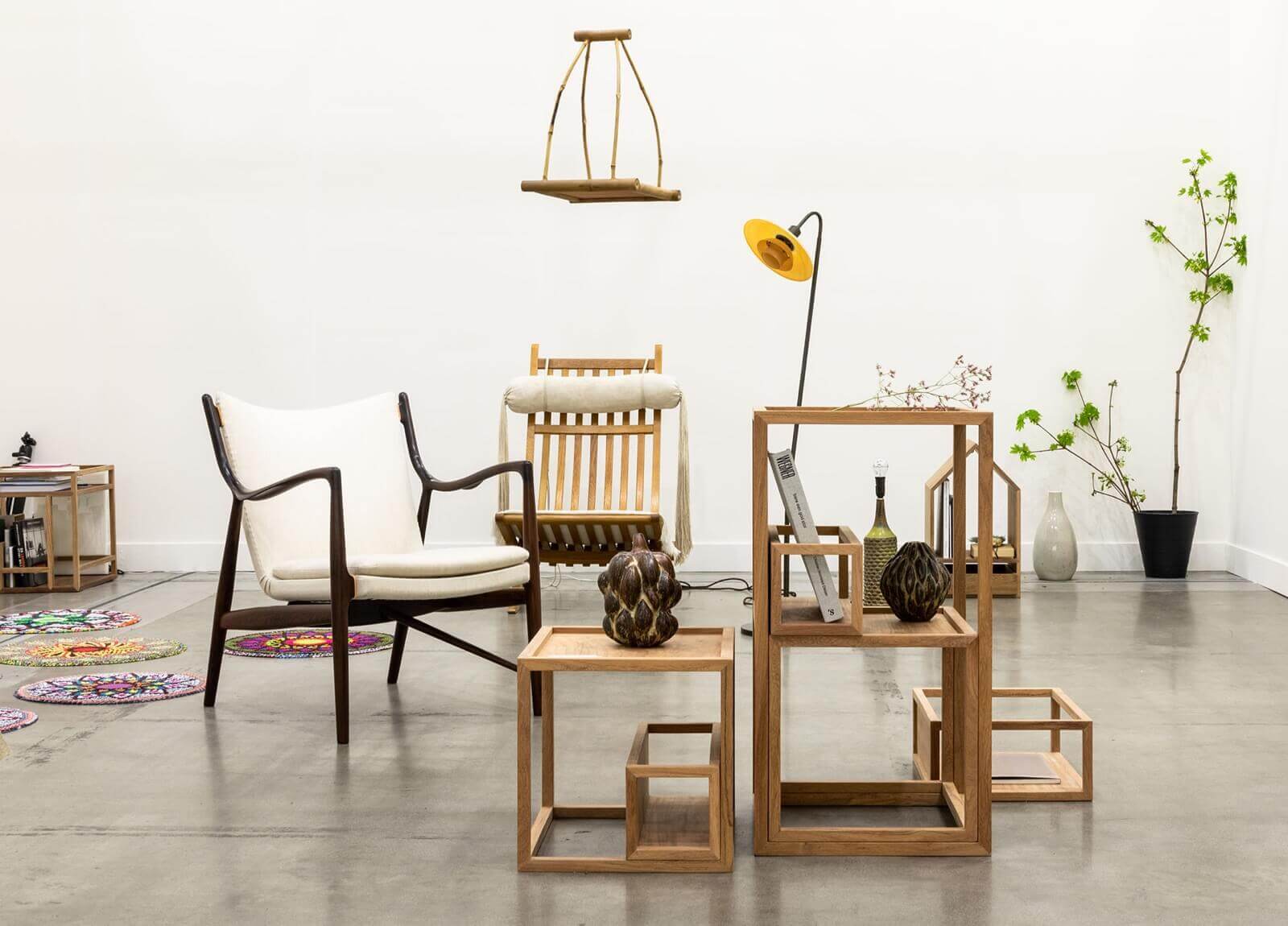
Installation view, Galleri Feldt
COURTESY: Lara Facco / PHOTOGRAPH: Claudia Santrolli
Diversity was a key engaging quality. Venerable Milan design gallery Galleria Luisa Delle Piane, who has shown at ‘Object’ since the beginning, showed a decorous quintessentially Milanese mid-century room set, by Franco Albini and Franca Helg, on one side of a wall, the other side of which they displayed the bold embroidered portrait lights created through the Brazilian Campana Brothers social project, Instituto Campana. They abutted Galleri Feldt, from Copenhagen, who offered a quite different combination of iconic Danish pieces with the quirky, thoughtful craft experiments from their ongoing collaboration with Vitamin Creative Space in China, disposed in a relaxed scenography, like a garden.
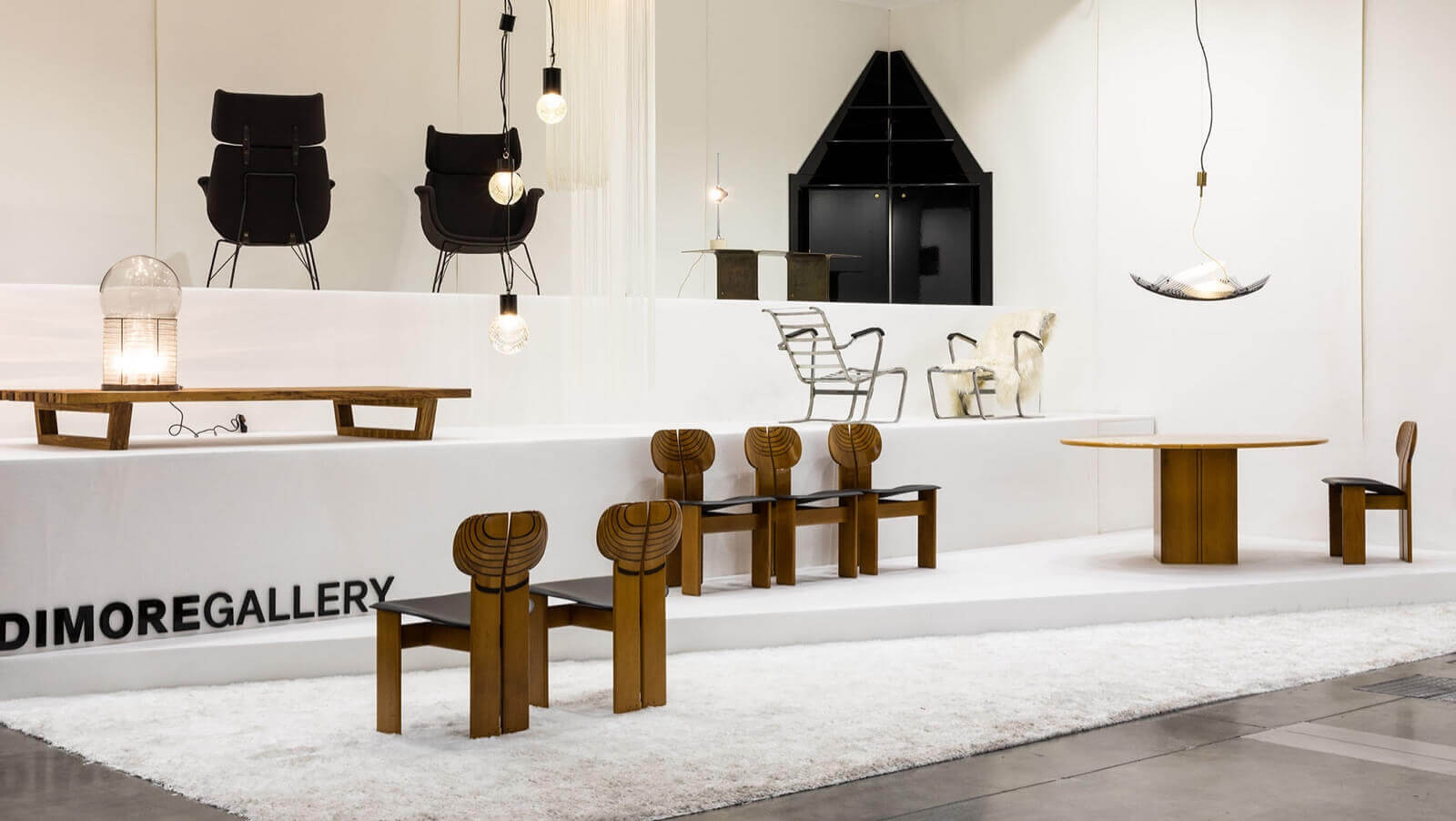
Installation view, Dimore Gallery
COURTESY: Lara Facco / PHOTOGRAPH: Claudia Santrolli
Another Milanese stalwart, Dimore, champions of twentieth century Italian design, presented a confident and amusing array of post-war Italian design on three white stepped platforms, while, opposite, Gallery Luciano Colantonio in Brescia, northern Italy, launched a quietly beautiful display of one-off pieces, commissioned from Brescia-born architect and designer Otto Berselli, alongside classic furniture by Franco Albini and some enamelled copper toy animals by Gio Ponti. Officine Saffi, by contrast, presented a theatrical tableau of monolithic objects designed by local designer Elisa Ossino, made by hand from clay and sand, in a soft rose pink, while Galerie Marc Heiremans from Antwerp was so confident of the quality of his superb 20th century Murano glass pieces that, as he put it, “We do not need elaborate scenography. Our pieces are so colourful.”
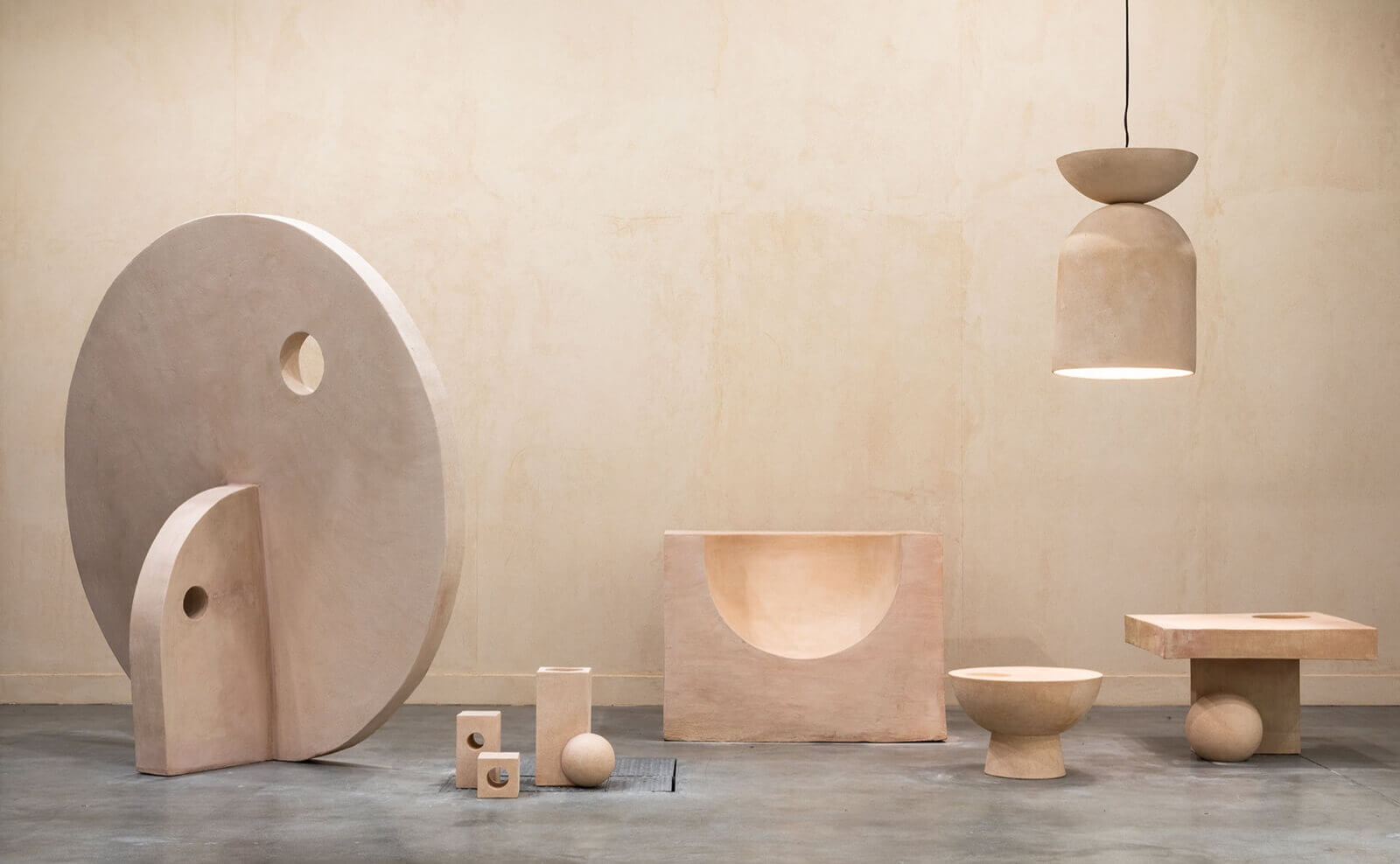
Installation view, Officine Saffi
COURTESY: Lara Facco / PHOTOGRAPH: Claudia Santrolli
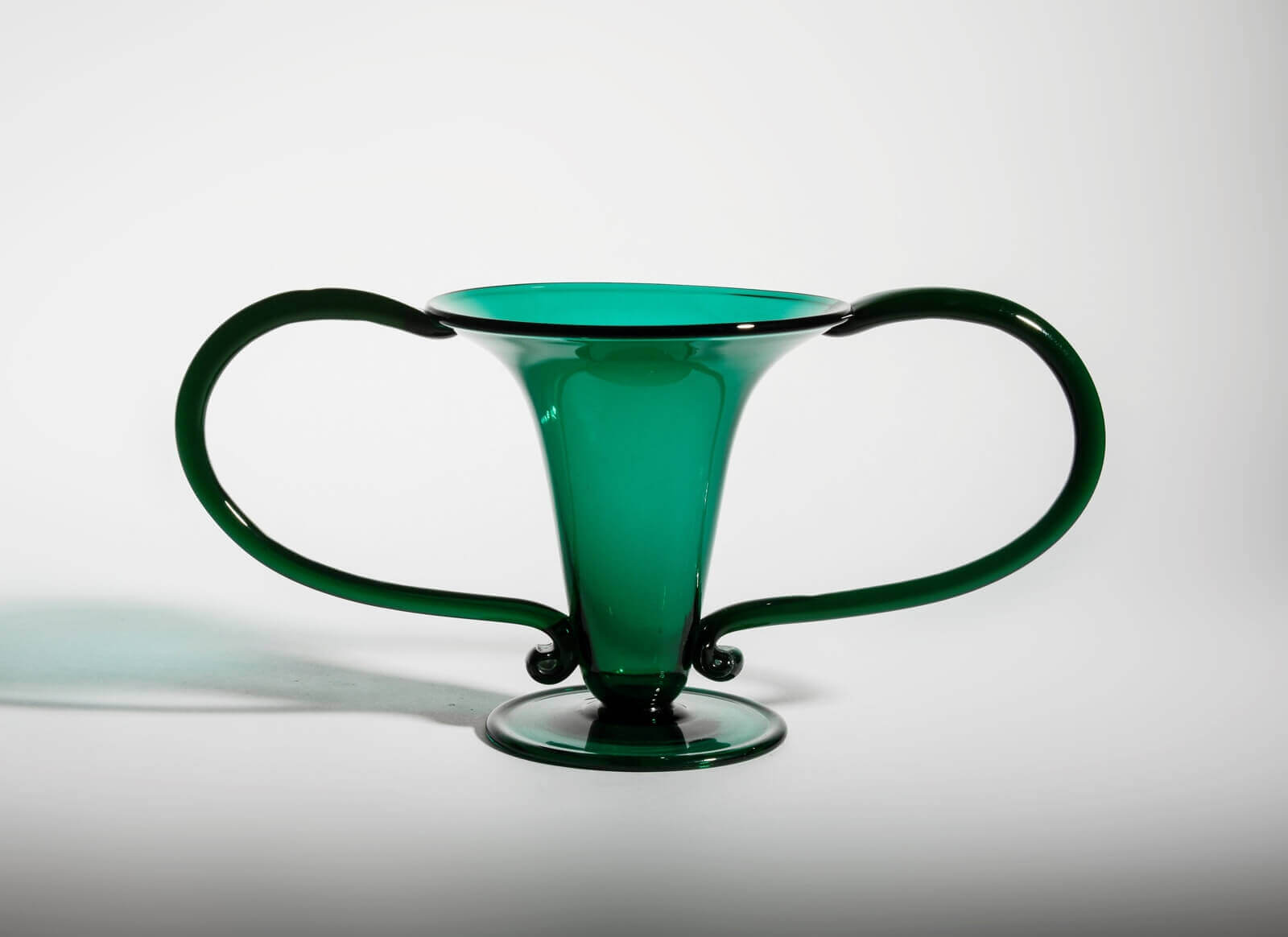
Vittorio Zecchin, ‘Libellula’, 1921
COURTESY: Marc Heiremans
Perhaps the most revelatory stand however was the solo presentation by Modena gallery Antonio Verolino of work across media by the Modena-based architect, designer and artist, Cesare Leonardi. His bright yellow recycled ‘Solidi’ chair from 1983 was a startling presence, as sculptural as it was functional, and as good an argument as any for bringing such objects into the heart of an art fair.
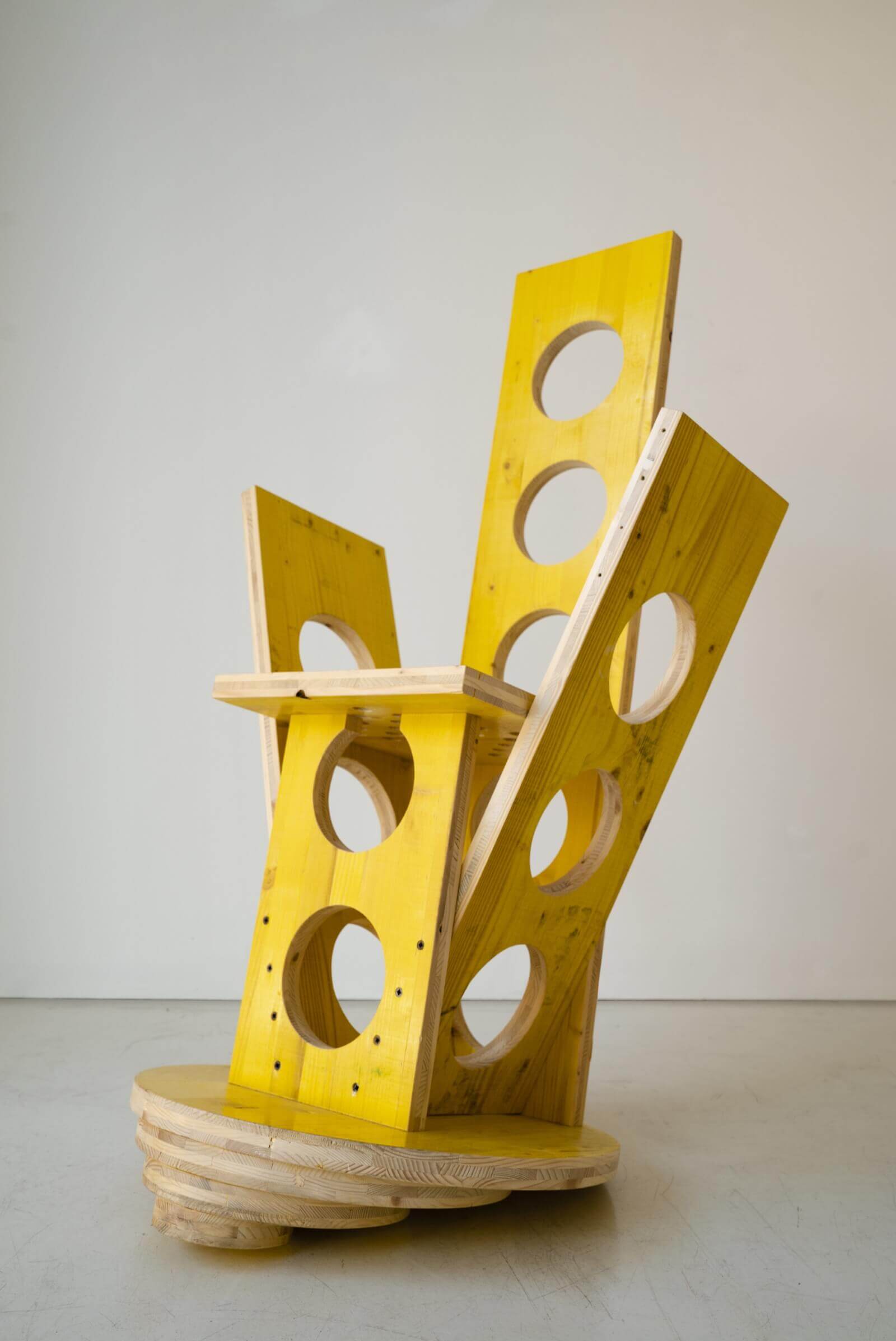
Cesare Leonardi, ‘Solidi’ chair, 1983
COURTESY: Antonio Verolino
miart – a fair where contemporary art, modern art and limited edition design interact with each other, exploring the relationship between the past and the present. 17th-19th April, 2020.
